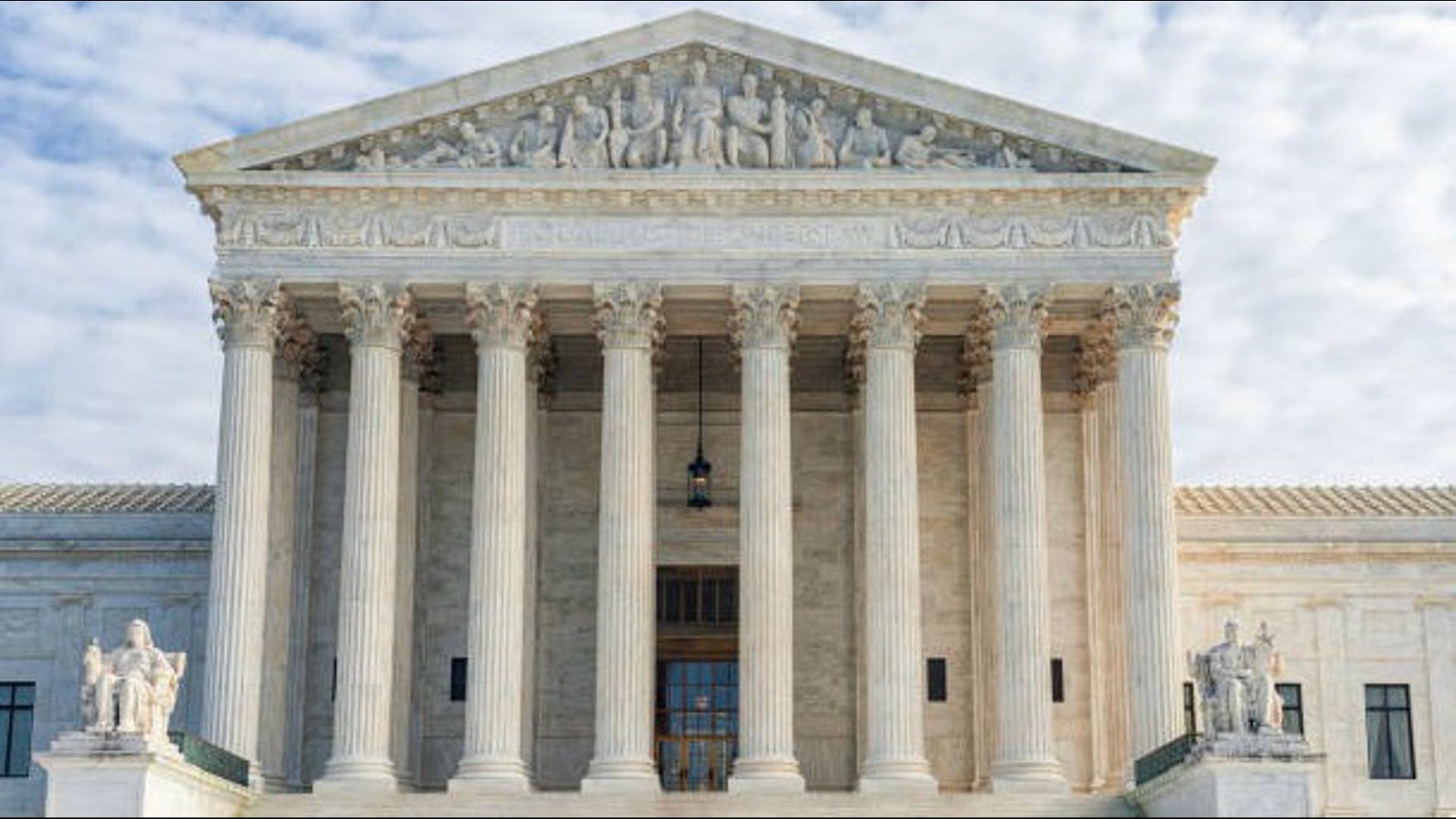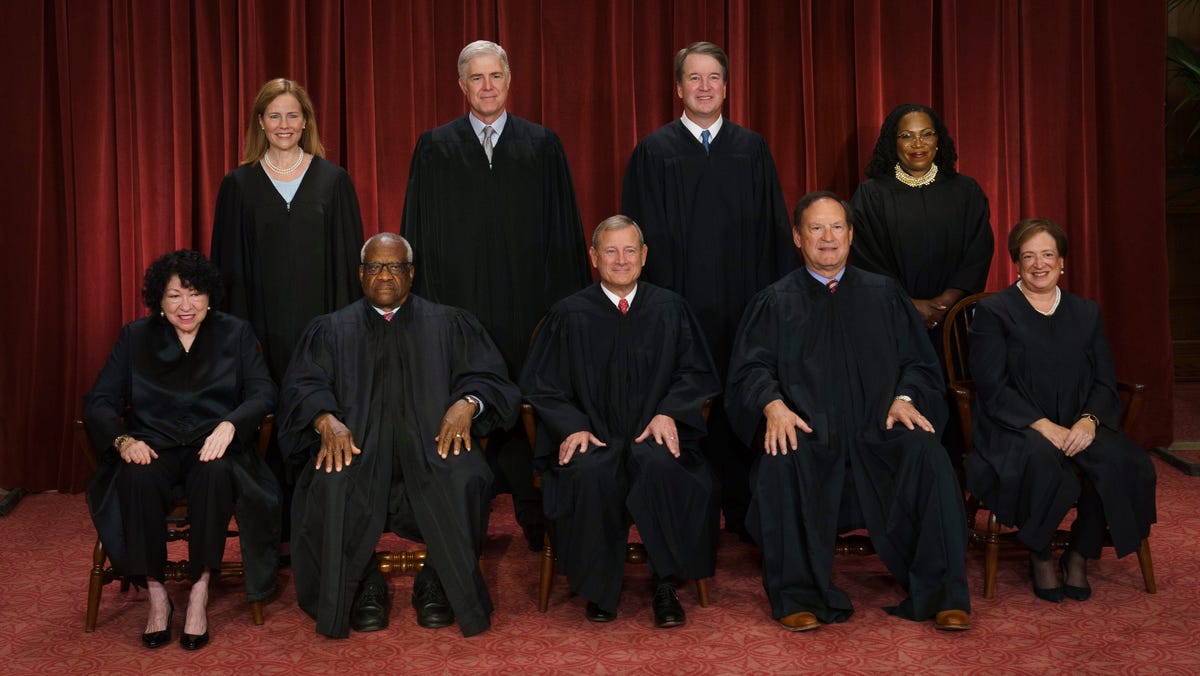Earlier this month, the Supreme Court ruled on a religious liberty case, a firearms case and a DEI case, and most Americans probably didn’t hear about any of them. Why? Every decision was unanimous.

US upholds ban on hormone blockers for transgender minors
The Supreme Court upheld Tennessee’s ban on gender-affirming care for minors, marking a significant blow to transgender rights in the United States.
unbranded – Newsworthy
Americans view the Supreme Court as partisan, with low neutral ratings and higher favorability among Republicans.Justice Amy Coney Barrett’s rulings have drawn criticism from both the left and right, highlighting the lack of nuance in discussions about the court.Media coverage often focuses on the most divisive cases, reinforcing a polarized narrative and overlooking unanimous decisions.Justices’ individual tendencies and judicial philosophies, rather than just political leanings, influence their rulings.
Recent polling has shown that Americans continue to view the Supreme Court as extremely partisan. Just 20% of those polled view the nation’s highest courtas politically neutral, and its favorability is far higher among Republicans than Democrats.
These opinions on SCOTUS come from a lack of nuance in conversations around the court, in which Republicans are furious when one of their preferred justices occasionally disagrees with President Donald Trump, and where Democrats ignore the Supreme Court cases that don’t get decided along political ideology.
The ideological lines on the court shouldn’t be chalked up to the party of the president who appointed each justice, and the media narrative suggesting such should be dispelled.
Can we finally leave Justice Amy Coney Barrett alone?
There is no better example of the lack of nuanced conversation surrounding the Supreme Court than Justice Amy Coney Barrett. She has been villainized by the left for being a Trump sycophant and has been smeared as a liberal in disguise by some of Trump’s most ardent supporters.
In recent months, Barrett has been under fire from MAGA for not being sufficiently committed to their cause. Glossing over the fact that the job of judges is to determine what the law is, rather than what it ought to be, these individuals have gone from praising Barrett’s integrity at her confirmation to demanding she sacrifice it for Trump’s causes.
What has Barrett done to deserve any of this?
Well, she had the audacity to rule against Trump on a couple of occasions. That’s it. Justice Barrett joined the liberal justices in dissent against the majority decision to allow Trump to use the Alien Enemies Act for deportations, as well as voting against the Trump administration’s attempts to freeze funds from the U.S. Agency for International Development.
Since arriving on the court in 2020, Barrett has joined majorities to overturn Roe v. Wade, restore the right to carry a handgun, eliminate racist affirmative action practices, rein in executive bureaucracy and even expand presidential immunity.
No reasonable person could argue that her jurisprudence in these cases is advancing any liberal causes, but the fact that she has ruled against Trump on occasion somehow overrides all of that evidence.
Both parties have a warped view of who Justice Barrett is, and that is a symptom of a much larger problem about Americans’ information about the court.
The news media has played a role in that overall view.
News media needs to do a better job of covering SCOTUS
Earlier this month, the Supreme Court ruled on a religious liberty case, a firearms case and a discrimination case, and most Americans probably didn’t hear about any of them.
The reason for that is the fact that every one of these decisions was unanimous, each written by one of the three liberal justices, so they didn’t fit the narrative of the extremely polarized Supreme Court that Americans have been barraged with in recent years.
Naturally, the court tends to split on the highest profile cases, which intuitively makes sense. After all, they are divisive. However, the vast majority of cases undermine the partisan tale often told of the court.
For the 2022-23 term, the last for which data has been published, conservative justices only agreed with each other on roughly half of their cases, and in some cases, even they were more likely to agree with a certain liberal justice.
Some experts have categorized the justices according to their regard for the consequences of the rulings, instead of political leanings. Justices Barrett, Brett Kavanaugh and Chief Justice John Roberts seem to be more concerned with consequences outside of the specific case they are ruling on. The result is that, in some respects, this group of three is closer to the liberal justices than their conservative colleagues.
Furthermore, each justice has individual tendencies that differentiate them from even their ideological allies. Neil Gorsuch has a libertarian streak of generally standing up to the government and has a soft spot for the rights of Native Americans.
The popular partisan narrative for the Supreme Court gives a very narrow view of how the justices’ ideologies actually play out in practice. Americans should look to the justices’ own personal tendencies and judicial philosophy to characterize them, rather than simply grouping them by party.
Dace Potas is an opinion columnist for USA TODAY and a graduate of DePaul University with a degree in political science.
